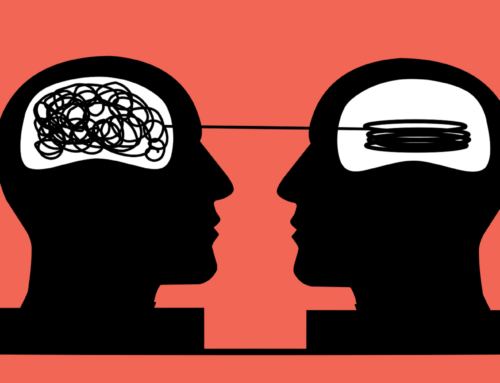There is a scene in James Redford’s new film, Resilience, in which a paediatrician cites a parental misdeed so outmoded as to seem bizarre. “Parents used to smoke in the car with kids in the back and the windows rolled up,” she says, incredulous. How long ago those days now seem; how wise today’s parents are to the dangers of those toxins. Yet every week in her clinic in the Bayview-Hunters Point area of San Francisco, children present with symptoms of a new pollutant – one that is just as damaging. But unlike the smoke-filled car, this new pollutant is invisible, curling undetected around children’s lives and causing lasting damage to their lungs, their hearts, their immune systems.
“Stress,” Redford says. “It is a neurotoxin like lead or mercury poisoning.” He mentions the city of Flint in Michigan, where residents were exposed to lead in drinking water. “And that’s literally what’s going on” with children who are “coming from really stressful environments. We know what environmental toxins are. Well, this is an environmental toxin.” The proliferation of so-called “toxic stress” among children, Redford says, “is a public health crisis”.
He had just finished working on a film about dyslexia when he and his film partner, Karen Pritzker, were casting around for their next story. Pritzker came upon the 1998 research by Vincent Felitti and Robert Anda into adverse childhood experiences (ACEs). “She said, ‘Read this.’”
The ACE survey asks people to respond to questions about childhood: did they witness substance abuse? Did their parents divorce or separate? Did anyone in the home have a mental illness? Was a family member imprisoned? Those completing the questionnaire who rack up three or more (out of a possible 10) risk serious ill health. According to Redford’s film, three ACEs means you are twice as likely to develop heart disease as those who score zero. Four means you are three times as likely to have depression. Six reduces your life expectancy by 20 years. “I thought this is completely unknown,” Redford says. “This has to be told.”
This continual exposure to stress wears the body down, and makes you more prone to cardiovascular disease
The idea that exposure to difficult experiences in childhood might lead to health problems is a familiar idea. A child might self-soothe with drugs or food, become dependent or obese, and in turn have ill health. But the ACE research uncovers a different kind of connection – a response to stress that is biological rather than purely behavioural, which can cause serious illness, and is a stronger predictor of coronary heart disease than high blood pressure, high cholesterol, and even smoking.
“Think about a child who comes home and opens their front door and there’s a bear in the room,” he says. “And the bear roars.” The child’s adrenal glands begin to secrete cortisol. Blood pressure rises. Pupils dilate. Blood shoots from the stomach to the bigger muscles. “This is a biological response to fear. Now imagine that kid comes home every day.” But when she opens the door, what she finds in the living room is not a bear.
“It’s a mentally ill relative or a verbally abusive father or emotionally abusive parents or an unstable situation or no food or you don’t know where your parents are. Your body will continue to have that biological response if you are in stress. But day after day, those chemicals – the adrenaline, cortisol, the process of high sugar, that whole response, changes the way your brain processes information. It affects the development of the organs on a cellular level. This continual exposure to stress wears the body down, makes the immune system not work as well, makes you more prone to cardiovascular disease, cancers and other immune disorders later in life.”
This is not what childhood is meant to be like. “You are really not meant to be exposed to those hormones [at that level] on a daily basis,” he says.
– Paula Cocozza
Read More: How childhood stress can knock 20 years off your life







Leave A Comment